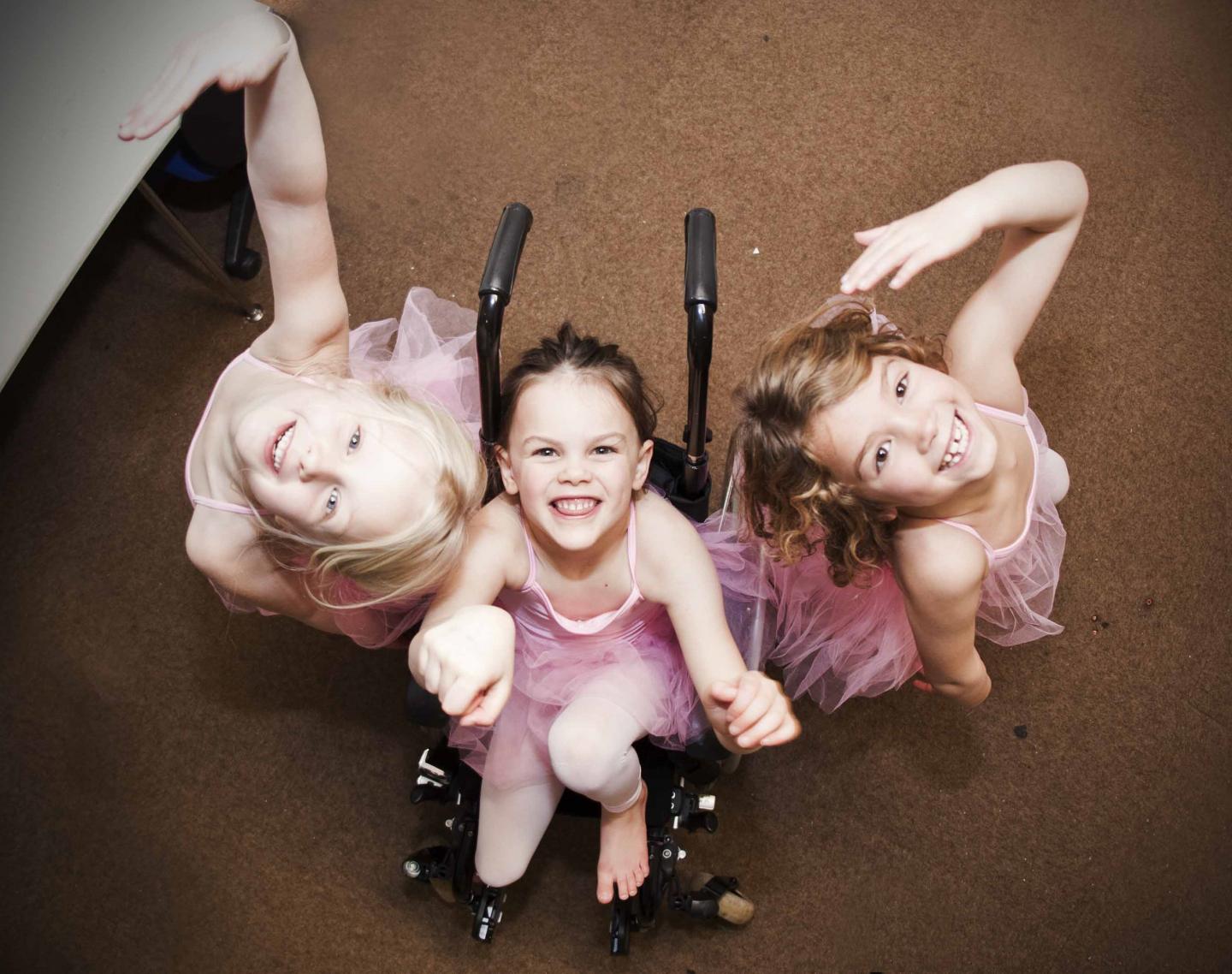Diving into the secrets behind Flamingo Chicks' success

Six years ago, Katie Sparkes wanted to take her daughter Poppy – who has cerebral palsy – to a dance class but it was more challenging than she first thought, as there was a great lack of inclusive opportunities.
To rectify this, Katie decided to put on a class of her own by finding a venue and a proactive local dance teacher who was open to working with her to come up with a new, creative and inclusive format. To advertise the session, she put out a couple of posts on social media but nothing more.
Much to her surprise 200 families turned up when there were only 15 places and Flamingo Chicks was born.
“It showed the huge need for these classes,” Katie said. “Six years on and we have 3,000 children coming through our doors every year.
“The growth has been incredible! We’ve got outreach projects in nine other countries and the more classes we start, the more demand there is.”
Flamingo Chicks has a 360-degree approach with classes for babies, children and adults, as well as a community for parents to swap tips and get support from their peers.
Inclusion is at the heart of the organisation with 22% of non-disabled people in classes at Flamingo Chicks and ensuring that the organisations continues to evolve is important for Katie.
It’s a constant learning curve with new techniques and adaptations introduced all the time but there are a few tips that have worked particularly well.
“It can be tricky to cater for all the different needs that we might have in a class but with some creativity and a can-do attitude, nothing is impossible,” Katie explained.
“Simple things such as sending out photos or videos of what the setting or sessions look like before a child attends their first class can be very helpful.
“For autistic children, we might send out a goodie bag with photos to show what the space looks like, who the teacher is, some sensory equipment or elements e.g. a dance ribbon or a feather or scent cards, so that they can familiarise themselves before they attend the first class.
“The challenge is accommodating a wide range of needs – for example wheelchair users might appreciate our larger modern spaces but for an autistic child, this can be echoey and overwhelming. We work hard to ensure everyone feels comfortable.
“Being able to communicate in different ways is helpful for all the children. We use sound buttons, Makaton and Makaton printed flash cards amongst other things.
“We also use a three-tiered evaluation system to make sure we capture the voices of all of our children particularly those with PMLD. Textured sound buttons are great for this – they are also super for piecing together choreography by making decisions between fast and slow for example.”
Using advice from experts is a key part of the process but Flamingo Chicks also takes on board guidance from parents, carers and teachers.
“It’s a journey and we’re constantly getting advice from all sorts of different people, professionals such as teachers in special schools, occupational therapists, physiotherapists and speech and language therapists,” Katie added.
“We want to promote confidence and engagement with other children so we hold professional roundtables where they come and see a class and give us honest feedback.
“But also, the parents and carers are crafty and inventive and have clever ideas on how to do things.
“We encourage our teachers to tell us what doesn’t work well – it’s just as important as celebrating what does work and asking their peers for different ideas.
“We use story telling as a way of guiding children through transitions, it works brilliantly to help ease them from one exercise into another.”
To find out more about Flamingo Chicks click here.